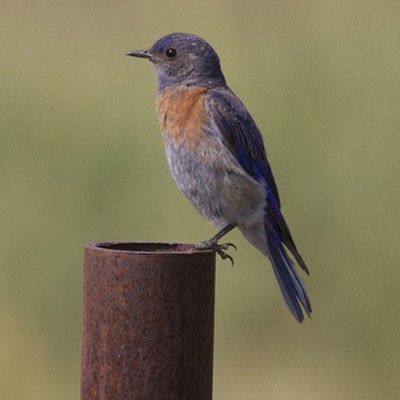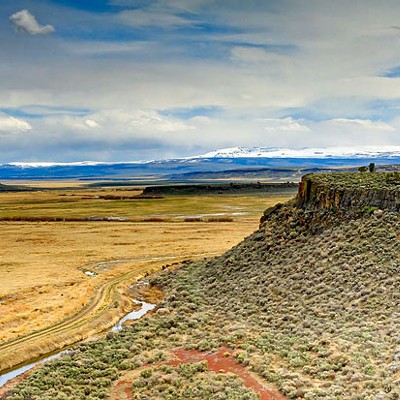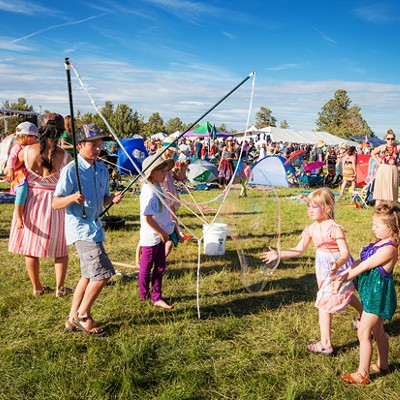OK, Jane Stevens—licensed wildlife reahabber—get ready to blush...I ask you, dear reader, have you ever given a thought to what it would be like to save a baby bat's life? I mean really tiny babies, eyes still closed and wet with placental fluids. What to feed it—or, how to feed it?
Yeah, I'd have thrown in the towel. But not Stevens. I can see her that day back in the '80s when she was given that challenge; she just smiled, scratched her head, and said, "I'll have to think about this for a bit."
Now, these were the days before you could just Google "how to feed baby bats." Stevens had to do some really serious head-scratchin'. But in about 10 minutes she had the answer to not only "what," but "how."
Those tiny myotis bats made it to maturity and were released to live out their lives the way they were meant to. In the 50-plus years Stevens has been doing rehab, hundreds and hundreds of wild animals have gone on to live a normal life and begat their kind, because she cares.
Then there's the newly hatched flammulated owls that tumbled out of an old woodpecker cavity in a dead lodgepole cut down near Bessie Butte for firewood. The firewood cutter had no idea there was a cavity in the old lodgepole, but the owls did.
Most small owls—if not all of them—move into empty tree cavities when it comes time to lay eggs and raise young; in addition to the flammulated, there are: western screech, northern pygmy, and northern saw-whet owls.
The tiny owls were brought into town by the woodcutter and, thanks to that prompt action, found their way to Stevens. Feeding these little guys was all hand-work. Dead mice, moths, mealworms and beetles had to be cut into small pieces and fed to the tiny nestlings with tweezers—easier said than done; it meant every two hours, all night long. After doing this night-owl chore for three months, the little guys were banded with U.S. Geological Survey bands and sent on their way, to spend winter in Panama.
It was early in 1985 when Stevens met Kathy Miller, who worked the front office of the old Oregon Department of Fish and Wildlife office in Bend. Stevens brought home an infant mink someone took to the High Desert Museum thinking it was an otter pup. Needing info on rearing it, she and her husband Bill—another volunteer on her rehab team—went to visit Miller for advice. Miller rehabbed lots of critters brought in by the public, so it was decided she would raise the mink and gave the Stevens a cup-full of pine squirrel orphans to rehab instead.
But it was back in the '60s when the rehab bug really bit Stevens, she reared an orphaned American kestrel (the smallest of our falcons) in Colorado. When Oregon called, she wanted to do bird rehab, so she contacted the Sunriver Nature Center and jumped into working with Jay Bowerman. Jeff Cooney was rehabbing with Bowerman. Cooney went on to become a COCC biology teacher and veterinarian—and—like Bowerman, is still doing rehab today with his sidekick, Jannette Bonomo as, "High Desert Wildlife Rescue and Rehabilitation."
1986 found the Stevens rehabbing both mammals and birds under Miller and Bowerman's tutelage. Starting in 1987, the total number of birds and mammals increased to between 75 and 100 annually. Then, in 1989, volunteers helped move Stevens' operation to a larger clinic in Saddleback.
The Stevens retired from rehabbing around 2004. Looking back over the 50-plus years doing that late-night-up-at-dawn work, they recall some outstanding species they helped along the trail of life, including: mink, pine squirrels, river otters, bobcats—a bald eagle who grew a new shoulder socket and eventually flew free—cormorants, flying squirrels, packrats, nighthawks, kingfishers, bats, marmots, badgers, beaver—and a magpie who imitated smoker's cough.


























